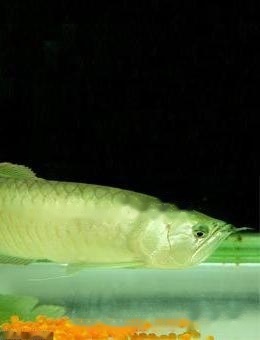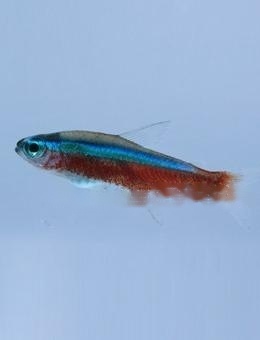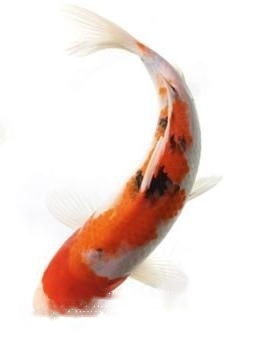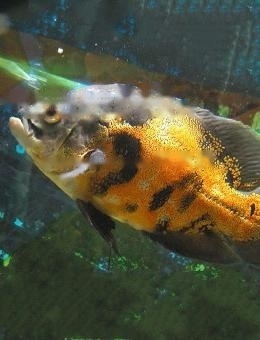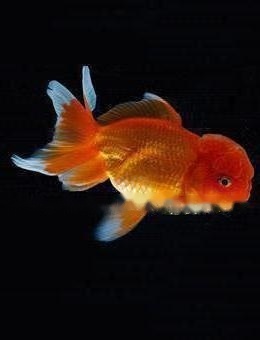
Goldfish
Goldfish, also known as golden crucian carp, is one of the most popular types at present Ornamental fish, it has a variety of colors and varieties, and is loved by many breeders. Goldfish originated in China, and after a long period of cultivation, the species has been continuously optimized. Now the goldfish all over the world are directly or indirectly introduced from my country. In addition, goldfish are also easy to raise, and can play a role in both pleasure and beautification of the environment, which is unique to China.
1. History
Goldfish originated in China and evolved from "golden crucian carp". Golden crucian carp is a red-yellow wild mutant crucian carp, also known as "grass goldfish". At present, various splendid and colorful goldfish species are formed by the golden crucian carp through a long period of artificial breeding, hybridization and breeding.
As early as 265-420 years from the Three Kingdoms to the Eastern Jin Dynasty, people had discovered the red-yellow mutant crucian carp in natural waters, which was called "red scale fish" at that time. Since then, until today, wild "red scale fish" can still be found in Shaanxi, Anhui, Zhejiang and other places. Research has proved that it is the same species as wild crucian carp, the difference is that the color is more bright. In the Tang Dynasty when Buddhism was prevalent, for the purpose of accumulating virtue and doing good deeds, "release pools" were built in various places. The rare and mysterious golden crucian carp was released as the object of transcendence, and Buddhists and monks occasionally fed it. According to research, there are a large number of release ponds in Zhejiang, and the earliest release ponds for golden crucian carp were located in Hangzhou and Jiaxing, Zhejiang. In the early years of the Song Dynasty (968-975 AD), there were records of artificial breeding of golden crucian carp, and in the Southern Song Dynasty (about 1163 AD), there were records of artificial breeding, so the Song Dynasty was considered to be a real goldfish. The beginning of breeding. Aristocratic bureaucrats began to raise them in garden ponds as ornamental objects, but the goldfish at this time were still grass goldfish, and there was not much difference between the species except for the color difference. Ordinary people could not afford to build ponds, so the breeding and enjoyment of goldfish in Song Dynasty was only popular among nobles and bureaucrats.
The Ming Dynasty was a landmark historical period in the history of goldfish breeding, because during this period, the breeding methods of goldfish had undergone great changes, and pot culture and tank culture appeared, and became indoor decorations. For people to enjoy. This change has greatly reduced the cost of raising goldfish, making goldfish enter the homes of ordinary people, and many goldfish breeding enthusiasts have appeared in the folk, laying the foundation for the popularization of goldfish. Because feeding in small water bodies makes goldfish swim slowly and accelerates changes in body size and tail, while shallower water makes it easier to observe the variation of goldfish and retain it, so an important goldfish species begins to appear, the four-leaf-tailed monastery , The dragon-eye goldfish with bulging eyeballs appeared in the late Ming Dynasty. In the Qing Dynasty, the folks set off an upsurge in raising goldfish, and the raising container was further developed, and transparent utensils such as glass jars appeared, which were crystal clear and full of interest. Due to the large demand for goldfish, there have also been specialized fish sales units, such as "Zhi Le Fish Farm" and "Zhi Le Fish Farm", which are well-known in Beijing. New varieties continue to emerge, such as tiger head, sky-watching eye, high head, pom-pom, etc., and transparent scales also appear. In the following period of the Republic of China, due to years of wars, although new species appeared, the overall goldfish farming entered a low ebb.
After the founding of New China, goldfish farming once again ushered in a golden age. According to research, there were more than 70 species of goldfish in Shanghai in the early 1930s, and by 1958, there were 154 species of goldfish. Large ones weigh more than 0.5kg, and in 1982, the number of goldfish species had reached 240. In addition, in terms of scientific research, Professor Chen Zhen, a well-known biologist in my country, has done a lot of research on the domestication of goldfish and the factors that form varieties, which proves that goldfish and crucian carp belong to the same genus, and have a good understanding of the various variations, color, color and variety of goldfish. The generation of shape has been scientifically explained.
About 500 years ago, China's goldfish was introduced to Japan. After World War II, Japan introduced several species through Taiwan. Through long-term selection and cross-breeding of goldfish in Japan, more than 30 varieties of goldfish have been cultivated so far, such as Ryukin, Tosakin, Lanshou and so on.

Goldfish 2. Habits Goldfish are more suitable for group and intensive farming. However, the density of domestic breeding should not be too high. The ideal ratio of water to fish should be 1000:1, and the length of the goldfish body and the length of the fish tank should be more than 1:10. This can ensure good water quality and sufficient dissolved oxygen. Otherwise, the breeding density is too high and the water quality will be corrupted Rapidly, the dissolved oxygen in the water is insufficient, and the goldfish is prone to death and hypoxia.Goldfish are warm-blooded animals and have strong adaptability to water temperature. Their body temperature changes with water temperature, and they can survive in water temperatures ranging from 0 to 39 degrees Celsius. But goldfish cannot adapt to the drastic changes in water temperature, and the temperature rises or drops sharply by more than 5 degrees Celsius, which may endanger the life of goldfish. The optimum temperature for the growth of goldfish is 20-28 degrees Celsius. Under this water temperature, the growth and development of goldfish are the most vigorous, and the food intake, excretion and oxygen consumption are the largest. At this time, the goldfish is the most vivid and lively. Goldfish have strong adaptability to water quality, have a certain ability to withstand dirty water, and are also relatively resistant to acid and alkali, pH (pH value) can survive in water between 5.5 and 9.5. Alkaline water is more suitable for goldfish growth, but the alkalinity should not be too high, and the pH value should not exceed 8.5. Goldfish will experience loss of appetite, sluggish movements and stagnant growth in acidic water. Although goldfish has a wide adaptability to water quality, goldfish cannot tolerate rapid changes in water quality, and rapid changes in water quality are likely to cause goldfish to get sick and even endanger the life of goldfish. Goldfish has a wide range of diets, and is an omnivorous fish mainly based on animal bait. The food is required to be rich in protein, fat, carbohydrates, various vitamins, and inorganic salts. Classes and trace elements. Goldfish eat bread crumbs, rice, vegetable leaves, dried shrimp, meat, etc. Goldfish prefer live food, and goldfish raised on live food grow better.
|
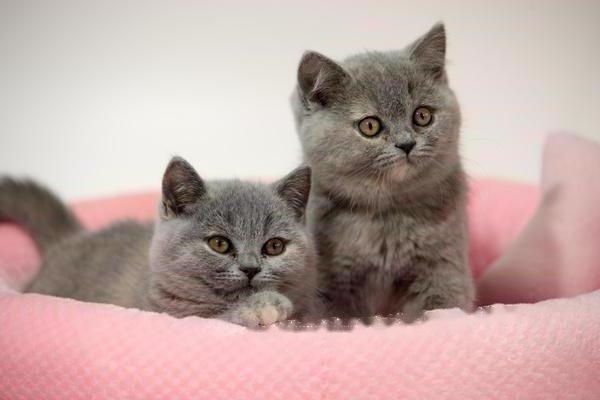
Goldfish 3. Origin The hometown of goldfish is Jiaxing and Hangzhou in Zhejiang. Goldfish from all over the world are spread from our country. According to the research of Japanese scholar Matsui Kaichi (1934), the earliest record of Chinese goldfish reaching Japan was in 1502. Goldfish spread to England at the end of the 17th century. By the middle of the 18th century, the two-tailed goldfish had spread to European countries, and it was spread to the United States in 1874.4. Species Chinese goldfish are divided into four types according to their head, body, tail fin, and whether they have a dorsal fin or not. The strains are the crucian carp goldfish, the text goldfish, the dragon goldfish and the egg goldfish. Golden crucian carp is the most primitive variety of goldfish (grass species), similar in shape to common crucian carp. The main features are long, narrow and streamlined body, small eyes, single caudal fin, fast swimming but not afraid of people. After a long period of time, they can swim in line with the sound of people's calls, and often gather in the water to compete for food when feeding food. According to different colors, it is divided into white grass crucian carp, golden crucian carp, black crucian carp, yellow and black crucian carp, red and white crucian carp and other varieties. The red lion-headed goldfish (wen species) is characterized by short body, pointed head and mouth, round belly, small and straight eyes, not protruding outside the orbit. It has a dorsal fin and four large caudal fins, just like the word "Wen", so it is named "Wenzhong". The body colors of goldfish in the Wen family are mostly red, red-black, red-white, blue, purple, and five-color piebald. The main species are monaster, lion head and pearl scales. Black Dragon's Eye Goldfish (Dragon Species) Dragon's Eye is the representative species of Dragon Goldfish. It has a stubby body, a dorsal fin, four large caudal fins, and a flat and broad head. The two eyeballs protrude out of the orbits, hence the name "Dragon Eyes". Common body colors are red, white, ink, red and white flowers, five-color spots and so on. The main varieties are: eye, white dragon eye, black dragon eye, red and white flower dragon eye, blue dragon eye, purple dragon eye, dragon eye high head, red hat dragon eye and so on. Blister upturned egg goldfish (egg species) egg species are characterized by no dorsal fin and a fat, short, egg-shaped body. Its tail is divided into four parts, divided into long and short, the head is flat and wide, the eyes are straight and not protruding, or form blisters. Common body colors are red, white, and variegated. The main varieties are egg fish, egg phoenix, longevity star, blisters eye, overturned eye and so on. (Image credit: CFP) |
